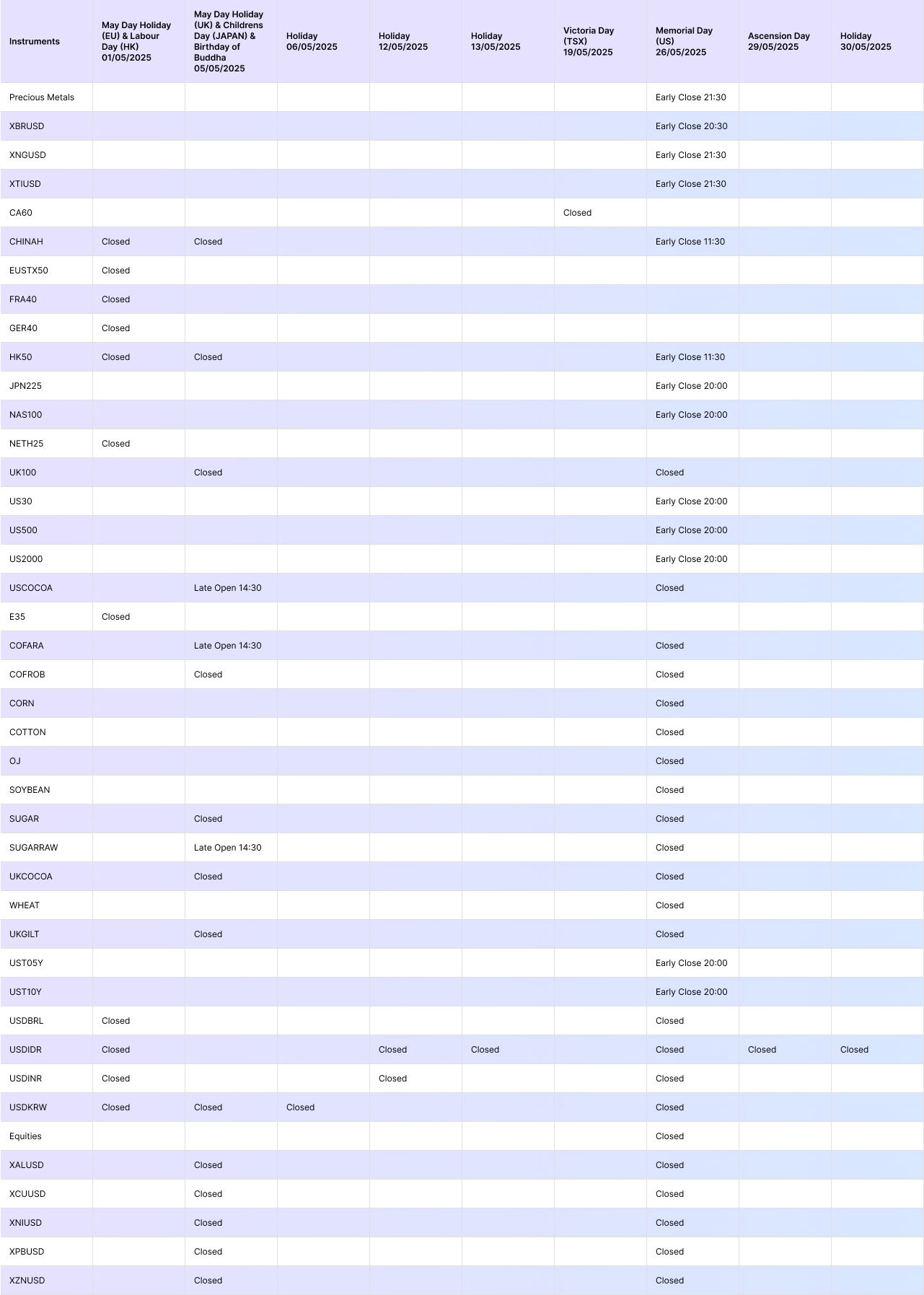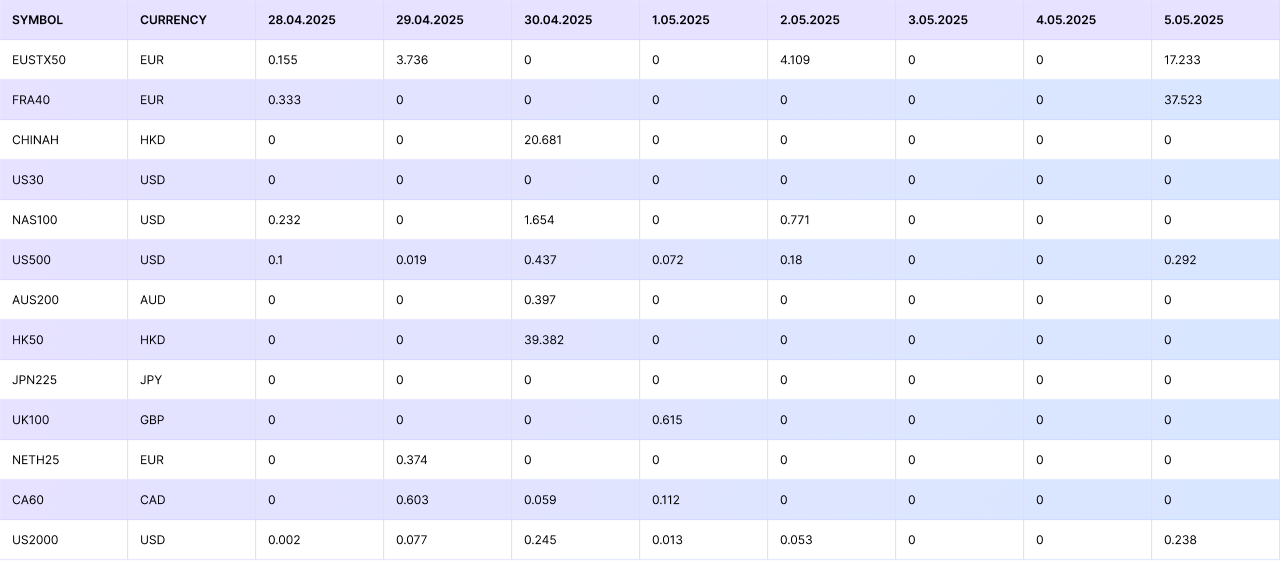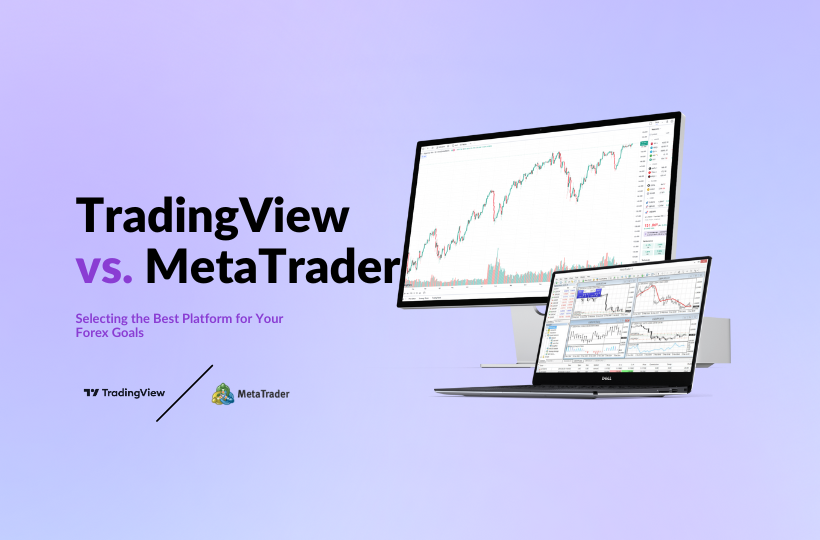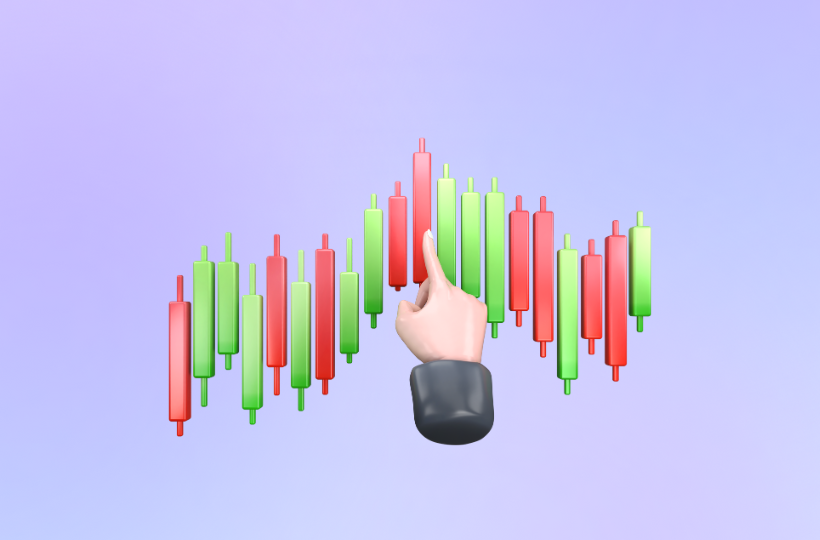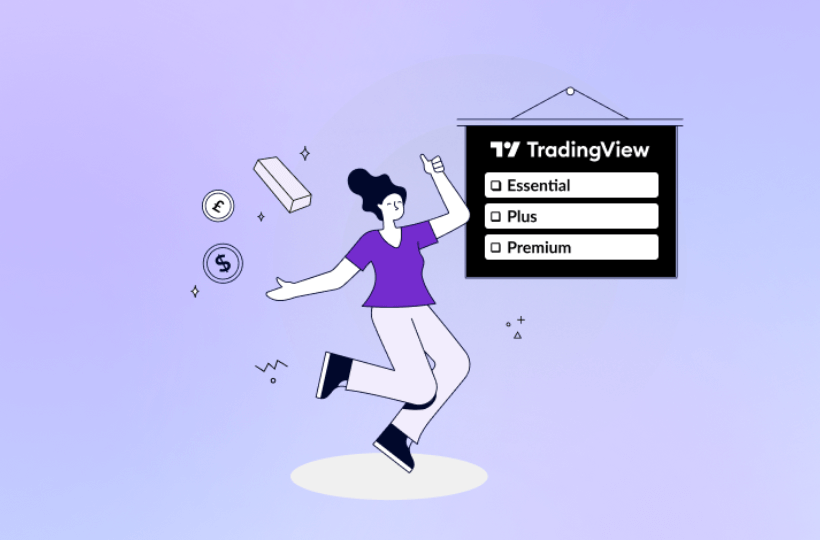Giao dịch
- Tổng quan về Sản phẩm và Tài khoản
- Tài khoản ZERO
- Tài khoản Classic
- Tài khoản demo
- Tài khoản không hoán đổi
- Ngoại hối
- Kim loại
- Chỉ số
- Năng lượng & Hàng hóa mềm
- Tiền kỹ thuật số
- CFD cổ phiếu
- Điều kiện giao dịch
- Tùy chọn nạp tiền
- Tùy chọn rút tiền
- Máy tính giao dịch
- Lịch kinh tế
- Chênh lệch giá hiện tại và lịch sử
- Công cụ giao dịch
- Sao chép giao dịch trên Fusion+
- VPS được tài trợ
Sản phẩm và tài khoản
Thị trường
Tài nguyên
Nền tảng
- MetaTrader 4
- Webtrader dành cho MT4
- Ứng dụng MT4 dành cho thiết bị di động
- MetaTrader 5
- TradingView
- TradingView dành cho thiết bị di động
- cTrader trên máy tính
- cTrader Web
- Trình quản lý nhiều tài khoản
- DupliTrade
MetaTrader
TradingView
cTrader
Thêm Nền tảng
Hợp tác với chúng tôi
Trợ giúp
- Liên hệ với chúng tôi
- Câu hỏi thường gặp
Trợ giúp

